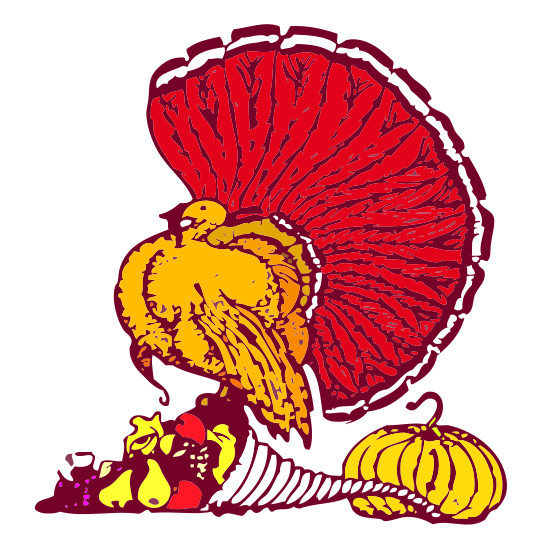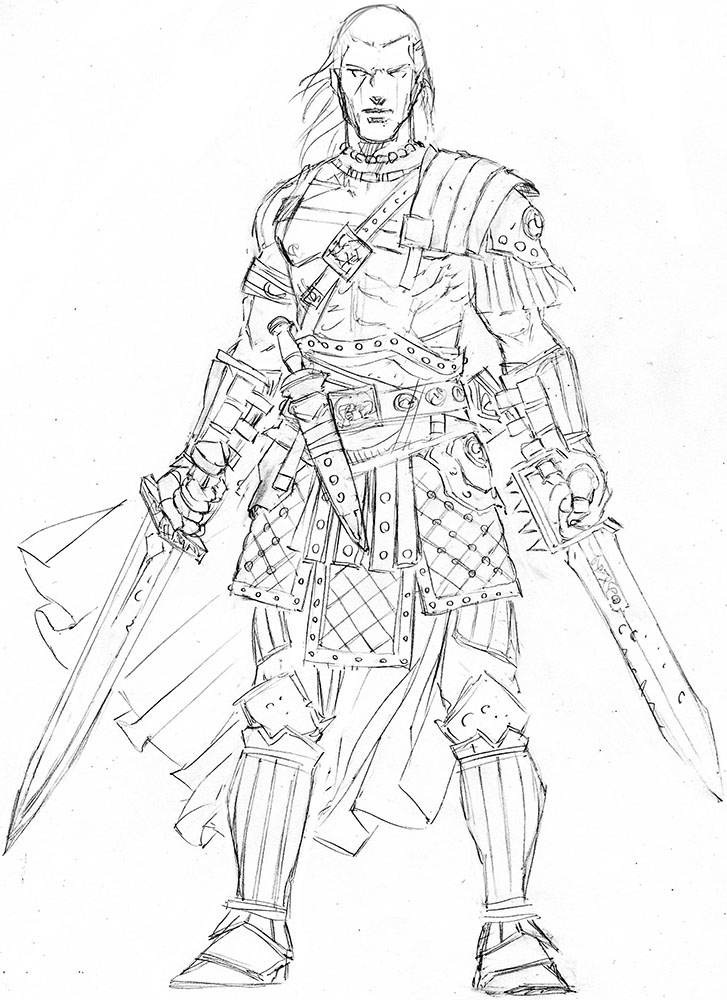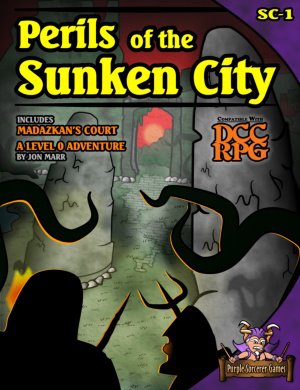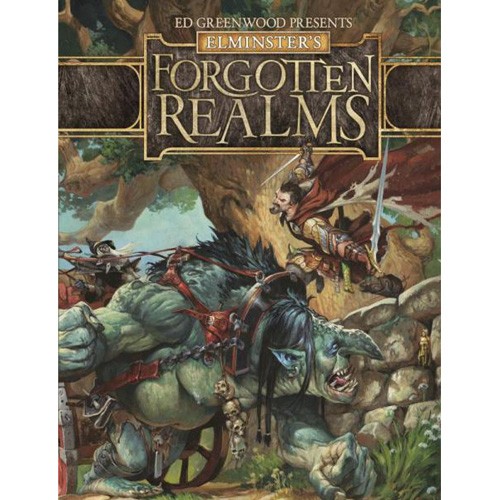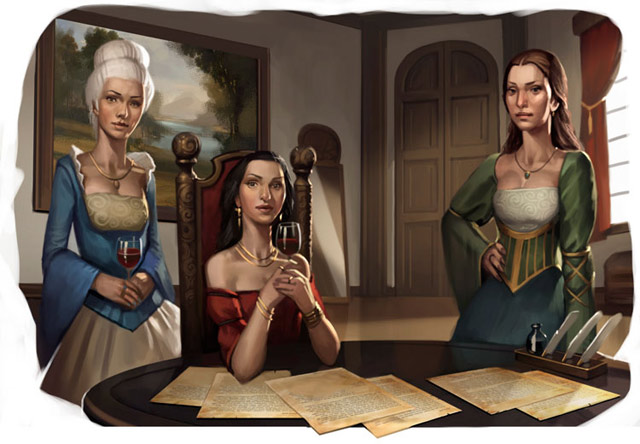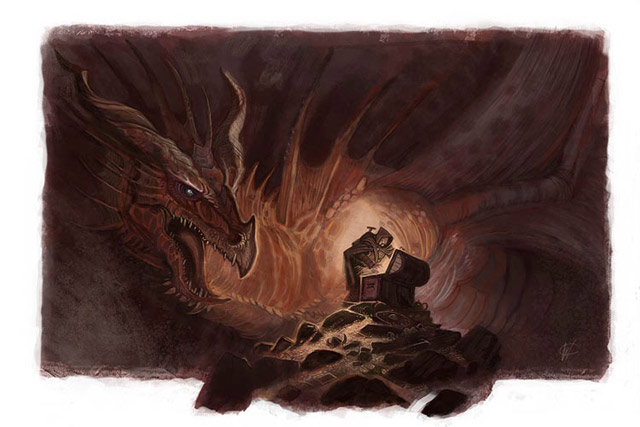With gift giving season in full swing, The Iron Tavern releases its inaugural Gift Giving Guide for the 2012 Holiday Season. If you have a gamer on your gift buying list or are a gamer looking for some ideas perhaps there is something on this list you do not have yet.
Pathfinder Beginner Box
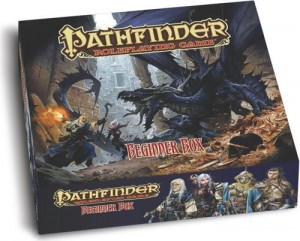 Leading off the list is Paizo’s Beginner Box. It was about this time last year that The Iron Tavern was playing this game frequently. I used it as an introduction of an eight year old to the game and he was soon running his own games based on the rules in this boxed set.
Leading off the list is Paizo’s Beginner Box. It was about this time last year that The Iron Tavern was playing this game frequently. I used it as an introduction of an eight year old to the game and he was soon running his own games based on the rules in this boxed set.
This is the strongest boxed set offering to get new people into RPGs since the old D&D Basic Red Boxes. Others have tried, but Paizo has succeeded with this release. With easy to read, colorful rule books, flip mat, monster tokens, and dice this box has what a new gamer needs to get started playing the game. The Beginner Box can also offer an easier point of entry to the Pathfinder rule system if the size of the core rulebook has made you hesitant.
Give this generation of kids the same chance to start gaming as you had. Get this boxed set under the tree for a youth on your Christmas shopping list.
Midgard Campaign Setting
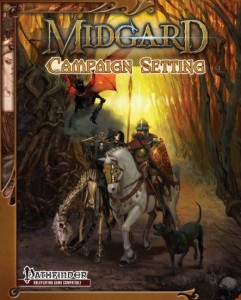 For the established gamer or even a new gamer looking for a published campaign setting to start out in, the recently released Midgard Campaign Setting from Kobold Press is a great offering. This is Open Design effort to bring Wolfgang Baur’s home campaign world over the years to life. The result is a wonderful balance between providing the framework for an interesting world and leaving room for the GM to create within.
For the established gamer or even a new gamer looking for a published campaign setting to start out in, the recently released Midgard Campaign Setting from Kobold Press is a great offering. This is Open Design effort to bring Wolfgang Baur’s home campaign world over the years to life. The result is a wonderful balance between providing the framework for an interesting world and leaving room for the GM to create within.
With the Seven secrets of Midgard revealed up front a GM is brought up to speed on what makes Midgard unique quickly. Ley Lines, clockwork races, airships, and more all add to the setting.
The book is a wealth of adventure ideas for a GM whether they choose to use the campaign setting in its entirety or not. This book is sure to provide a GM with inspiration for their own homebrew setting or a home for their players. Certainly one of the top campaign settings available today.
Dungeon Crawl Classics RPG
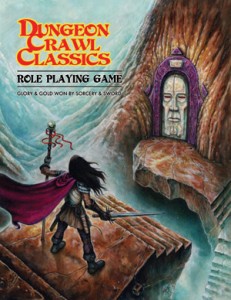 Need a break from your regular d20 game? Maybe a change of pace? Or simply yearning for the dungeon crawling days of our youth? Take a look at the Dungeon Crawl Classics RPG from Goodman Games. Best summed up from the product page:
Need a break from your regular d20 game? Maybe a change of pace? Or simply yearning for the dungeon crawling days of our youth? Take a look at the Dungeon Crawl Classics RPG from Goodman Games. Best summed up from the product page:
You’re no hero
You’re an adventurer: a reaver, a cutpurse, a heathen-slayer, a tight-lipped warlock guarding long-dead secrets. You seek gold and glory, winning it with sword and spell, caked in the blood and filth of the weak, the dark, the demons, and the vanquished. There are treasures to be won deep underneath, and you shall have them.”
I have been playing this game since mid-summer through a series of one-shots and a campaign I am running on Google+. The game has proven very fun. The randomness of magic, critical hit tables, fumble tables, and more really push the established gamer out of their normal routine. The result is great roleplaying and exciting encounters.
Never Unprepared
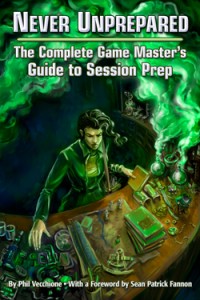 Never Unprepared – The Complete Gamemaster’s Guide to Session Prep is the latest release from Engine Publishing. The book is a handbook to preparing for gaming sessions a GM when time might be limited. Many of us have jobs, families and other responsibilities that all make claims to our time. As GMs we need to do more than just show up to game night, we have to have a session ready to run.
Never Unprepared – The Complete Gamemaster’s Guide to Session Prep is the latest release from Engine Publishing. The book is a handbook to preparing for gaming sessions a GM when time might be limited. Many of us have jobs, families and other responsibilities that all make claims to our time. As GMs we need to do more than just show up to game night, we have to have a session ready to run.
This book helps break down the elements of session prep into manageable chunks. Many of these chunks can actually be done while waiting in line at the store, driving to work, showering, or a myriad of other places. Leaving a handful of tasks that require more blocks of time. This book helps make the most of these blocks of time. Several of the tips in this book can be applied to other areas of your life as well – either as an aspiring writer or simply getting home projects done.
GMs tend to focus their buying on RPG materials that provide content or rules for their systems of choice. Never Unprepared fills a niche often overlooked by GMs and makes a great gift for your harried GM.
Chessex Battlemat
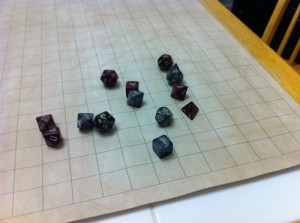 There are many battlemat options out there and I have tried a lot of them. From Tact-Tiles to flipmats a good old fashioned wet-erase battlemat remains high on my list of preferred battlemats. They roll up and handle transportation to the game well. Wet-erase lends itself well to pre-drawing the maps prior to the game session without fear of smudging. Nothing seems to beat my Chessex Battlemat.
There are many battlemat options out there and I have tried a lot of them. From Tact-Tiles to flipmats a good old fashioned wet-erase battlemat remains high on my list of preferred battlemats. They roll up and handle transportation to the game well. Wet-erase lends itself well to pre-drawing the maps prior to the game session without fear of smudging. Nothing seems to beat my Chessex Battlemat.
The Chessex mats come in three different sizes from their smaller Battlemat to their mid-sized Megamat to the super-sized Mondomat there is a mat that fits your need. While a good many of GMs have battlemats already, if your GM lacks one, the Chessex battlemat is an old reliable mat that will be there for you when you need it.
Forbidden Island
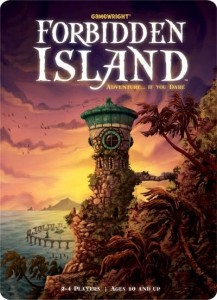 The last entry in the Holiday Gift Guide is actually a board game. There are always those nights where the game gets some last minute cancellations and the remaining members of the group needs something to do. Forbidden Island is a cooperative game that is easy to learn. Designed by Matt Leacock for Gamewright the game has been a success anytime I have broken it out.
The last entry in the Holiday Gift Guide is actually a board game. There are always those nights where the game gets some last minute cancellations and the remaining members of the group needs something to do. Forbidden Island is a cooperative game that is easy to learn. Designed by Matt Leacock for Gamewright the game has been a success anytime I have broken it out.
Your group of explorers must recover the four lost artifacts from the flooding island before it sinks. Working together the players recover the artifacts and meet at Fool’s Landing to be flown off the island. As the game progresses the island begins to flood even faster.
I have played this game with non-gamers at family gatherings and with kids as young as 5 and had a great time. I enjoy the collaborative nature of the game and there is enough strategy to keep it entertaining.
Wrapping it Up!
And that is this year’s 2012 Holiday Gift Guide from The Iron Tavern! I think there is something in the list for varying types of gamers on your list – from seasoned veteran to someone new to gaming.




